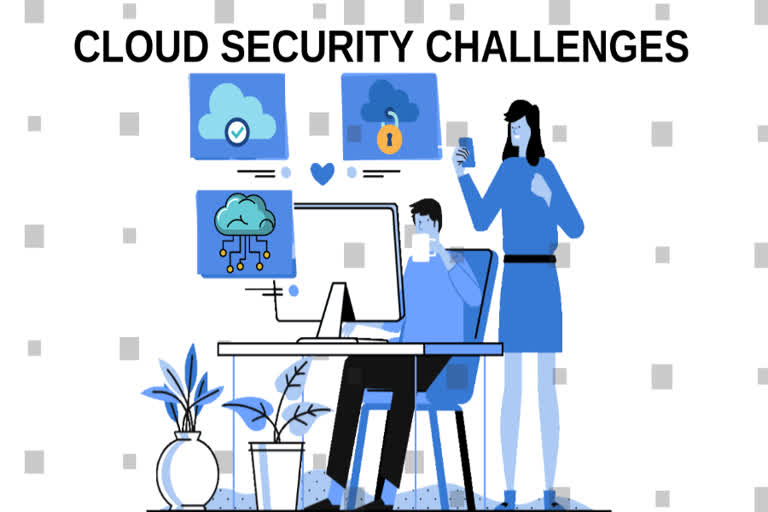Delhi: 2021 continues with cloud security issues. Col. Inderjeet Singh, Cyber Security Expert, Director General, Cyber Security Association of India gives a complete insight into cloud computing technologies, the cloud security issues, and also the ways to tackle it.
Cloud Computing is being used by many of us in our daily lives. A typical example of cloud technology is the use of web-based email services or the preparation of any document on the Internet. In the field of information technology, there are three different types of cloud computing:
- infrastructure as a service (IaaS)
- platform as a service (PaaS)
- and software as a service (SaaS)
All these types of cloud technologies are used for different kinds of work/services. Cloud Computing is instrumental in business development because it provides impressive results promptly.
Cloud computing is a collective term you might have heard quite a long time back. So to make it a bit easy for you, cloud computing is all about:-
- Storing
- accessing
- and managing big data and software applications on the Internet
In this technology, the entire data is protected by firewall networks. With software and data installed in data centers worldwide, you can use the software without using your computer’s hard drive.
Also Read: Deepfakes: The dark side of Artificial Intelligence
Expanding into cloud technology (or expanding use of the cloud) are some of the top business priorities and a crucial element to achieving an organization’s mission. Cloud services help enterprises expand their capabilities while minimizing labour costs and capital expenditures for adding new technology solutions. It also helps them to increase their agility by instantly acquiring infrastructure resources and services when required.
Cloud Computing is the ultimate and most cost-effective data solution to meet new and growing business demands today. The transition to the cloud has brought new security challenges. Since cloud computing services are available online, this means anyone with the right credentials can access them. The availability of enterprise data attracts many hackers who attempt to study the systems, find flaws in them, and exploit them for their benefit.
Cloud Security is often a bottleneck for cloud services, and it remains to be one of the top concerns of many professionals around the world. However, in addition to the ample benefits of cloud technology, there are also challenges, some of which are security-related. In 2019, over 540 million Facebook user records on the Amazon cloud server were exposed. The risks and challenges associated with cloud security need to be properly addressed before you adopt a cloud solution.
Col. Inderjeet explains cloud security challenges. He further adds that security challenges in the cloud can leave your data and organization at risk of cyberattacks that could have long-term, devastating effects. Although most company owners believe that the cloud computing system is significantly better than their on-premise network, there are many cloud security challenges to address.
That even large, successful companies face challenges while working with cloud infrastructures and sometimes end up falling victim to cyberattacks.
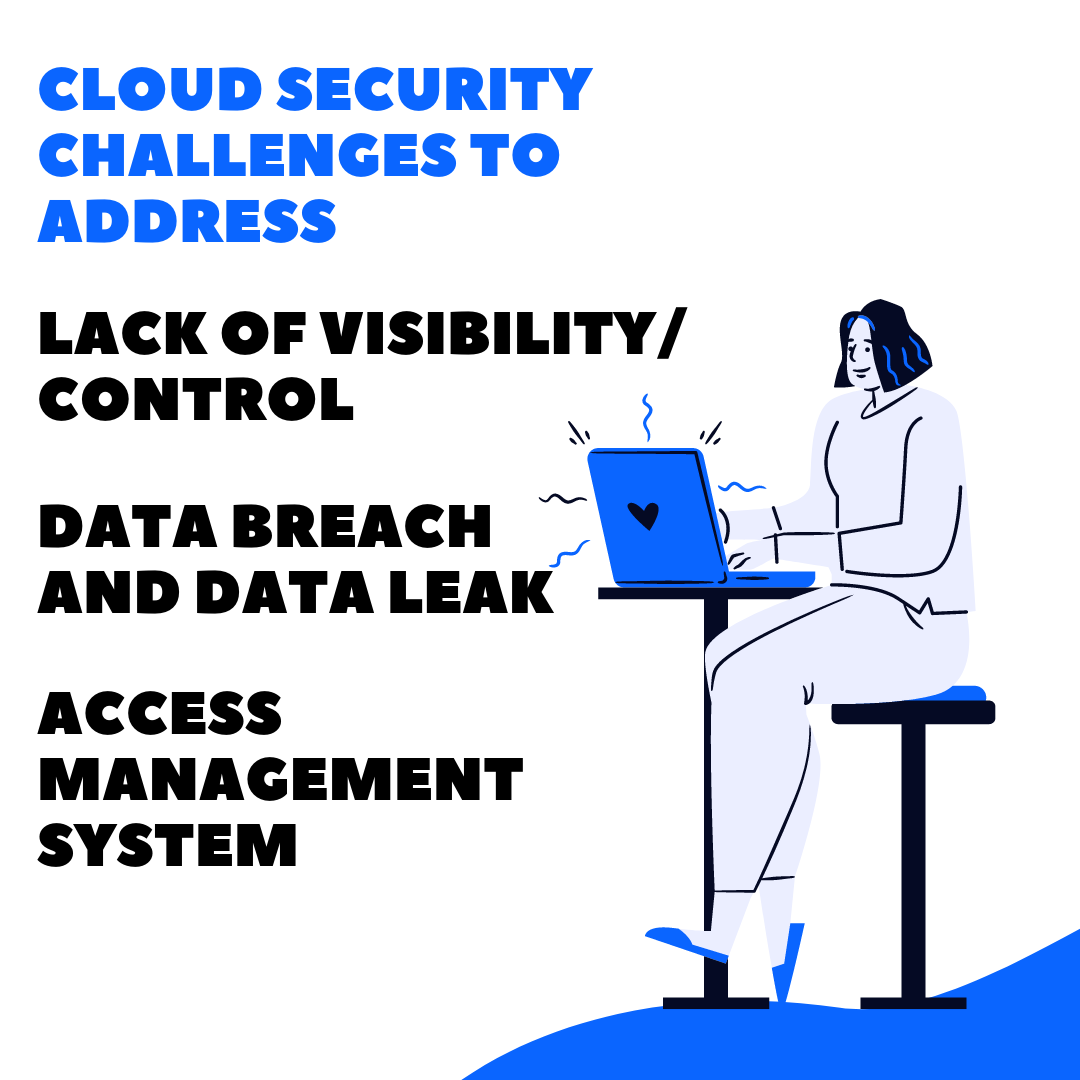
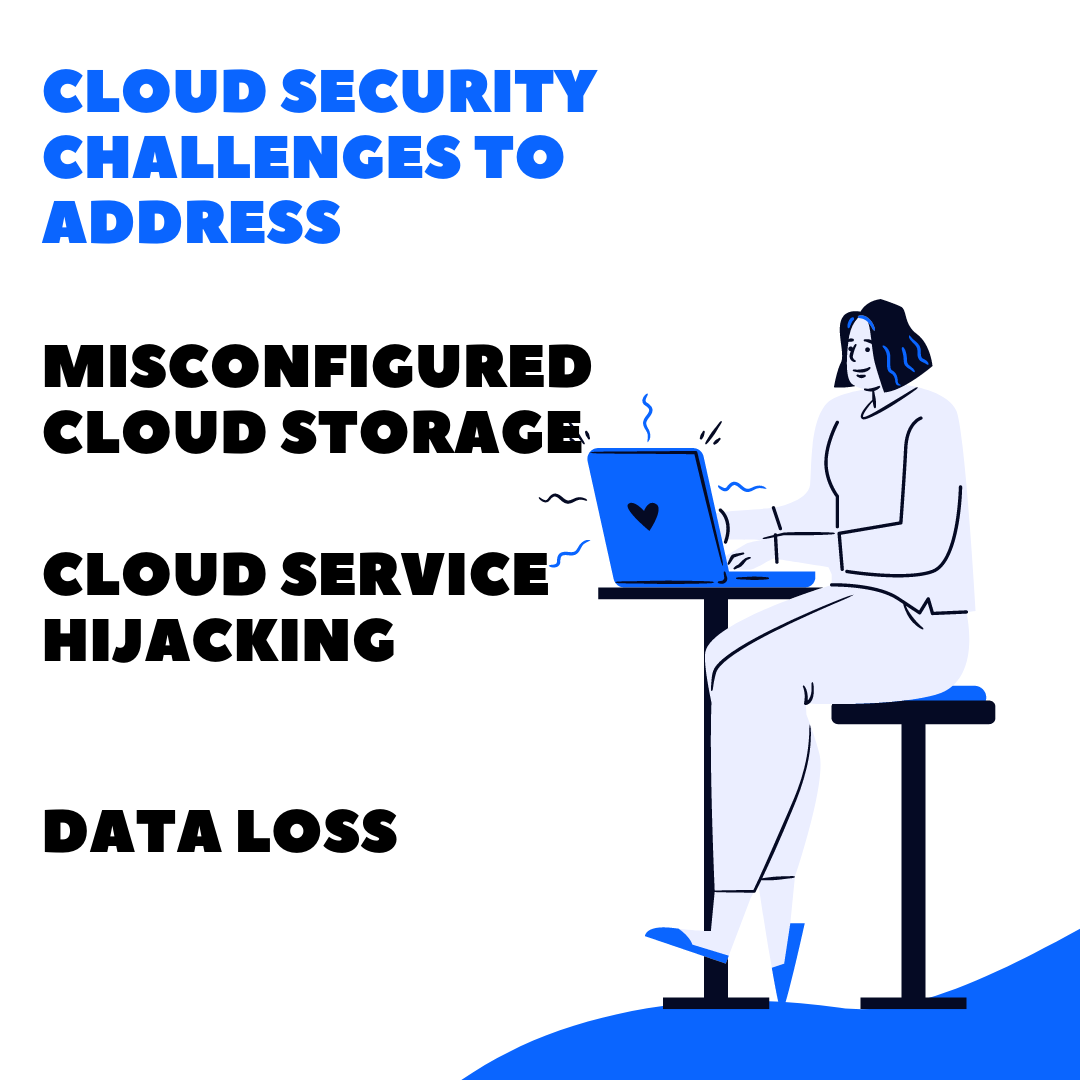
Lack of Visibility/ Control
A lack of visibility is one of the most important cloud security challenges as it affects the organization’s ability to enact incident response plans, verify the efficacy of their security controls and properly assess information about their data, services, and users. It is crucial for organizations to have a cloud usage policy with approved mechanisms for getting approved servers stood up, deployment processes, etc. A lack of visibility in the public cloud also poses business risks in terms of compliance, governance, and security. This is important for verifying how much visibility and control the cloud computing solution will offer.
To address Lack of Visibility/Control Issues -Cloud security controls such as core network/hardware controls, data center controls, and operational security practices like change control, data disposal, and other controls will help prevent a wide variety of teams from deploying all sorts of resources outside of the visibility of the security team.
Col Inderjeet suggests that it is better to ensure that you have good auditing in place. Have strong controls for approved server images, processes for deploying. Furthermore, monitor cloud audit logs for unapproved usage.
Data Breach and Data Leak
In this, the information is accessed and extracted without authorization. This event usually results in a data leak. The information in the cloud storage is under multiple levels of access. However, it is available from various devices and accounts with cryptographic keys. In other words, a hacker can get into it if he knows someone who has access to it. In cloud environments, the accounts with the highest risks are cloud service accounts or subscriptions. Phishing attacks, exploitation of cloud-based systems, or stolen credentials can compromise these accounts.
To avoid Data Breach and Data Leak –use Multi-factor Authentication: For example, typing a password and then receiving a notification on a mobile phone with a randomly-generated single-use string of numbers active for a short period. This has become one of the cloud security standards nowadays.
Data-at-Rest Encryption: Data-at-rest is a type of data that is stored in the system but not actively used on different devices. This process includes logs, databases, datasets, etc. This data can be encrypted and decrypted when it is used again.
Firewall: between a private and public network that controls in and out traffic in the system. Internal firewall to monitor authorized traffic and detect anomalies.
Access Management System
Access management is one of the most common cloud computing security risks. The point of access is the key to everything. That’s why hackers are targeting it so much. Cloud computing introduces multiple changes to traditional internal system management practices related to identity and access management (IAM).
To overcome the challenges of Access Management – use Non-Crackable passwords & Multi-factor authentication. In addition to a regular password, the user gets a disposable key on a private device. The account is locked down, and the user is sent a notification in case of an attempted break-in. Also, the passwords should be complex (alphanumeric passwords with a combination of upper & lower case letters and special characters are best to use)
Also Read: Future of Financial Services is Decentralized Using Blockchain
Misconfigured Cloud Storage
Misconfigured Cloud Storage is a continuation of an insecure API cloud security threat. Cloud misconfiguration is a setting for cloud servers (for storage or computing purposes) that makes them vulnerable to breaches. The most common types of misconfiguration include Default cloud security settings: of the server with standard access management and availability of data. Mismatched access management: when confidential data is left out in the open and requires no authorization. Mangled data access: when confidential data is left out in the open and requires no authorization
To avoid Misconfigured Cloud Storage -Double-check cloud security configurations upon setting up a particular cloud server. Use specialized tools to check security configurations.
Cloud Service Hijacking
When a cloud account gets stolen or hijacked, the attacker may impersonate the account used to conduct malicious or unauthorized activities that may lead to the compromise of the data and trust the company has earned.
Cloud service hijacking at the enterprise level could be devastating, depending on what the attackers might do with the stolen information. Company integrity and reputation can be destroyed, sensitive data can be falsified or leaked causing significant costs to a business and its customers.
Organizations may face legal implications if a data breach causes the loss of the sensitive data of users such as personal information, credit card info, banking details, username, and passwords.
As per Col. Inderjeet in order to address Cloud Service Hijacking Issues -Implement strong authentication policies for accessing data on cloud services, especially those that deal with the sensitive information of the company or its customers. Make sure the IP addresses are restricted for cloud applications so that the users are only able to access corporate networks.
Also Read: Artificial Intelligence in Cyber Warfare
Data Loss
Data loss is one of the cloud security risks that are hard to predict, and even harder to handle. It can be caused by mishandling of data and natural disasters like fire, flood, earthquake, etc. This can also happen due to data alterations, unreliable storage medium outages, data deletion, and loss of access control.
How to Avoid Data Loss - Backups: Frequent data backups are the most effective way of avoiding data loss in the majority of its forms. You can also create a backup scheduler with information on what to backup and what not to. e.g. For e.g. Critical data to be backed up more frequently.
Geolocation: physical location of the cloud servers in data centers is scattered and not dependent on a particular spot. This feature helps in dealing with the aftermath of natural disasters and power outages.
Ready to Prevent These Cloud Security Challenges?
Cloud computing comes with plenty of benefits, but it also poses some significant security challenges that might jeopardize your organization’s credibility and put your customers’ data at risk of cyberattacks.
Once you understand what’s at stake and how to prevent cloud security challenges, you can make better proactive, informed decisions about IT infrastructures.
You can’t, however, implement these security controls overnight. They require a strategic approach and professional experience which can help reduce potential flaws, costs, and risks during the implementation process.
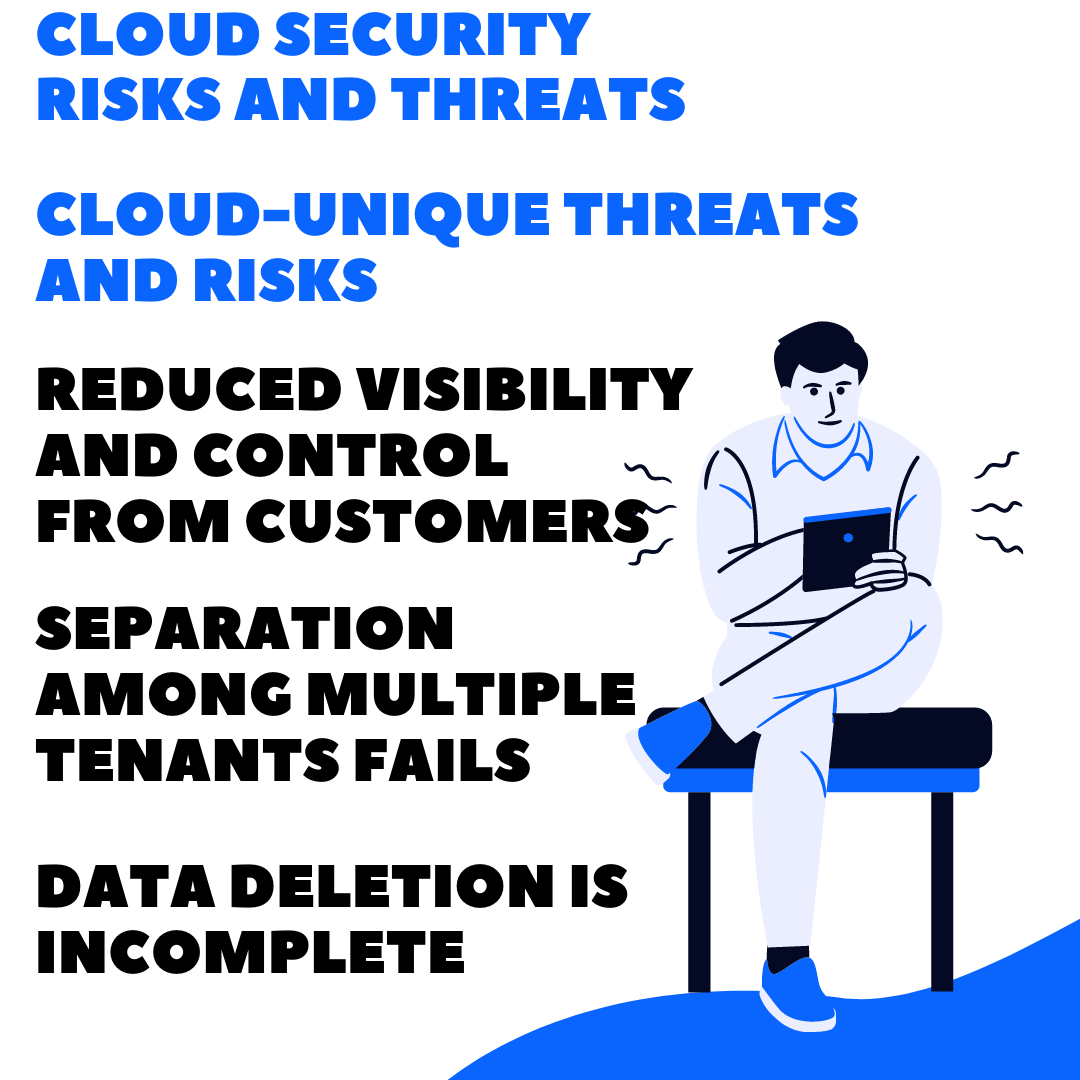
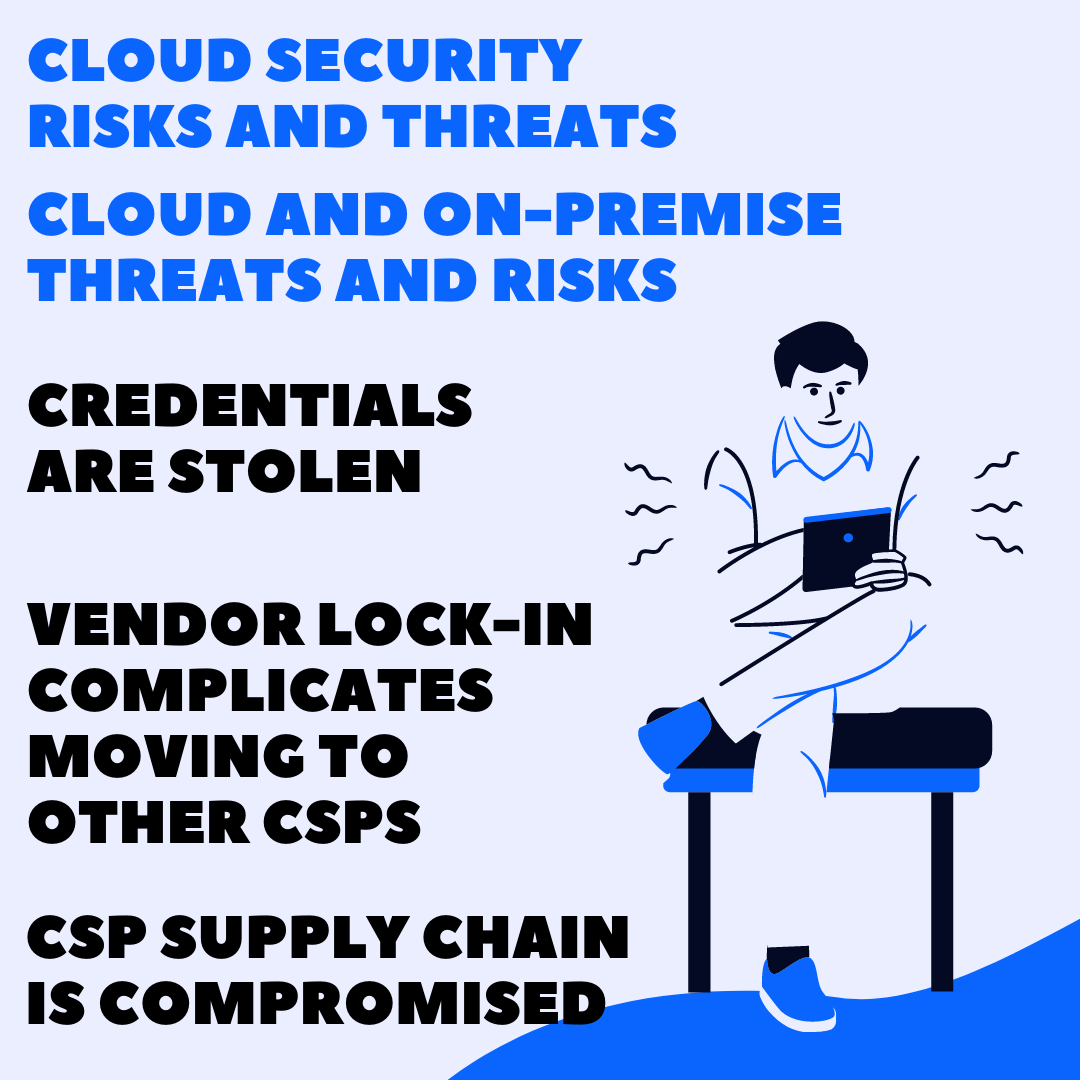
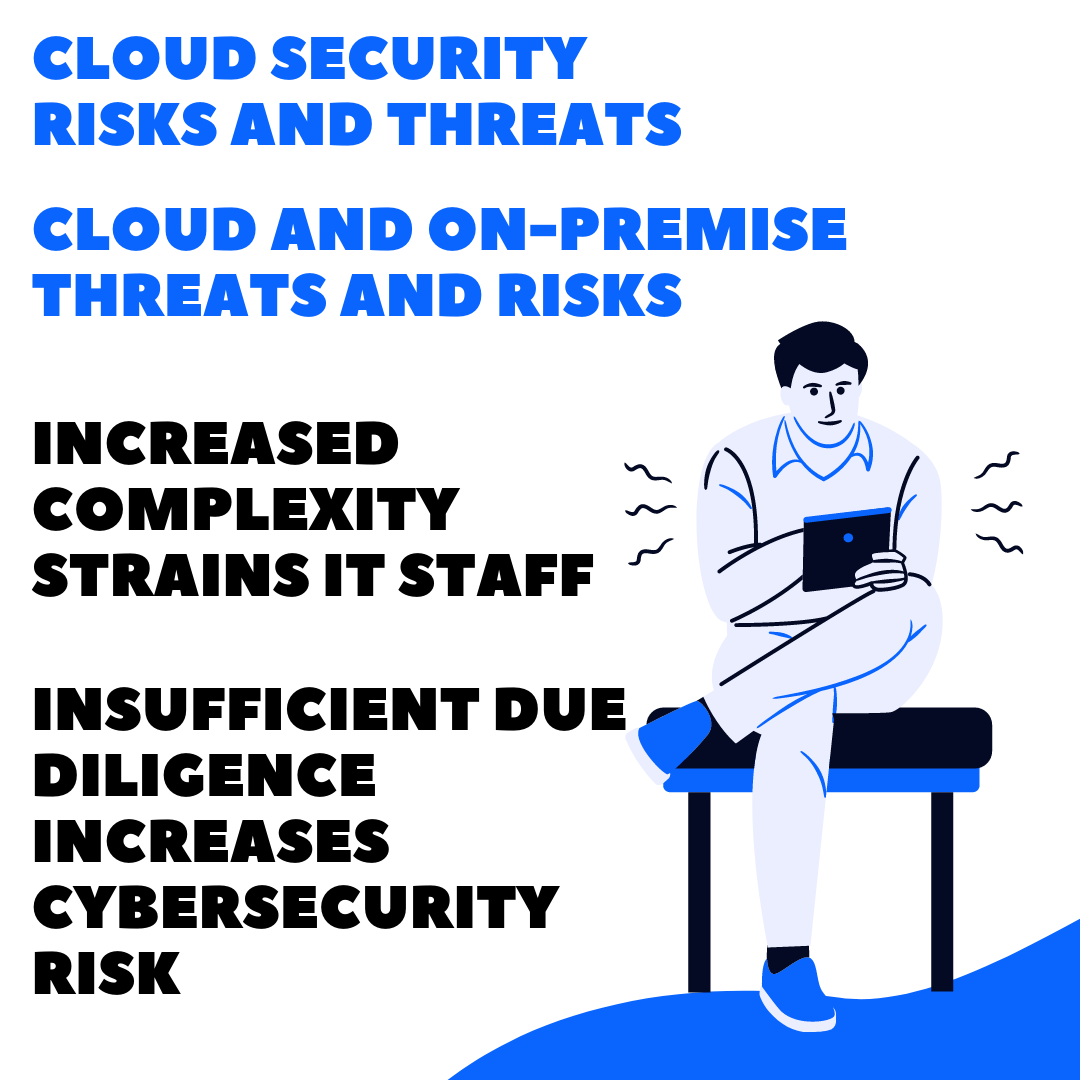
You can follow Col. Inderjeet on twitter @inderbarara, insta:inderbarara
Also Read: How Artificial Intelligence Transforms Your Workplace
